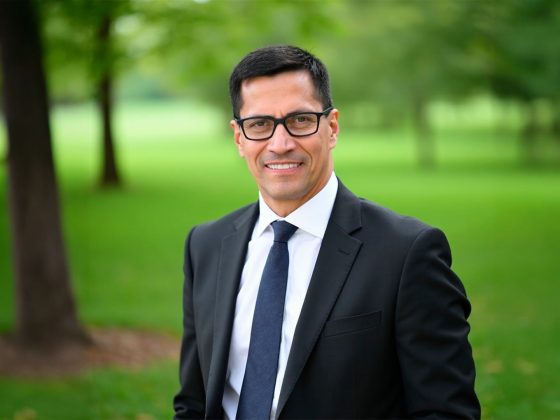Business disruption seems constant in the modern economic landscape. Technology, globalization, changing consumer behaviors, competitive threats – companies today face a barrage of disruptive forces that make change and adaptation unavoidable. Though unsettling, disruption also brings opportunity for organizations nimble enough to capitalize on emerging trends. However, effectively navigating periods of turbulence requires thoughtful strategies tailored to the specific situation. Leaders that view disruption as a chance to intentionally guide their company’s next chapter stand the best chance of success.
Assess the Landscape
Before determining strategy, business leaders first need clarity on exactly what disruptive threats or shifts currently impact their organization. This requires an honest assessment of both external and internal environments to pinpoint the most significant areas for attention.
Externally, what technological, economic or social dynamics could fundamentally reshape your industry? How might competitor innovations or shifting consumer expectations threaten existing business models? What regulatory changes loom? Internally, do your current operations, systems and talent match up with new demands? Where might agility, efficiency or strategic realignment be lacking?
Ask probing questions across all facets of the business to determine the most impactful disruptions on the horizon. This establishes a fact base upon which to architect responsive plans.
Commit to Intentional Change
Once priority disruptions come into focus, companies have a choice – be passively sideswiped by external forces or harness them for strategic ends. The most successful organizations choose the latter path of intentional, mission-driven change. But this requires CEOs and leadership teams to orient the company around defined transformations that both mitigate impending threats and capitalize on the opportunities they may create.
Company-wide commitment to thoughtful shifts in strategic direction provides the best chance of maintaining control through disruption rather than being controlled by it. Leaders must clearly communicate these intentional transitions along with the compelling reasons behind them to earn buy-in at all levels.
Rethink All Aspects of the Organization
Since pervasive disruption ripples into every area, change initiatives cannot live isolated in certain departments. Technology may spark the initial threats, but cascading impacts soon emerge across operations, culture, staffing models and more.
Companies must therefore take a top-down approach with reimagination of customer experiences, business processes and organizational structures from the ground up versus bolting on new solutions to outdated paradigms. For example, AI-driven automation may enable self-service order tracking but also require reskilling supply chain workforces.
Or shifts to subscription revenue may demand new marketing approaches, compensation models and financial planning. This total system perspective ensures coordination across interdependent components.
Keep an Eye on Culture
As companies enter periods of disruption-driven change, corporate culture grows even more essential yet often overlooked. A recent study found culture is the number one barrier to the success of transformation initiatives, with things like excessive bureaucracy, fear of risk and information silos impeding necessary agility. Leaders must therefore consciously shape cultural evolution as part of any change effort – encouraging transparency, collaboration and experimentation versus rigid ways of working.
This means reevaluating everything from leadership style and decision-making processes to performance metrics and workplace policies to nurture the mindsets and behaviors strategic changes require. Culture sets the context in which all operational transformations unfold.
Though disruption inevitably brings uncertainty and pressure, it also contains opportunity. Leaders who view periods of intense change as chances for renewal often guide their organizations to new levels of customer value, efficiency and sustainable growth.
But this requires facing realities head on, committing to intentional evolutions, adopting adaptive philosophies and aligning cultural components behind disruptive threats turned possibilities. With sound strategies and execution, CEOs can transform obstacles into advantage.
Image Source: pexels.com










